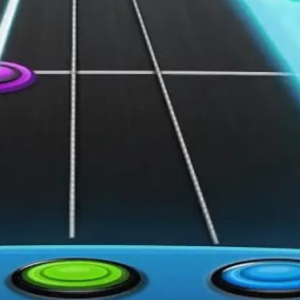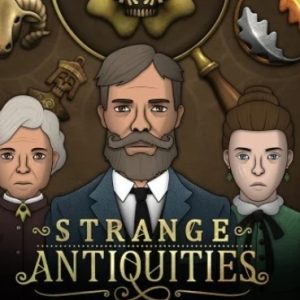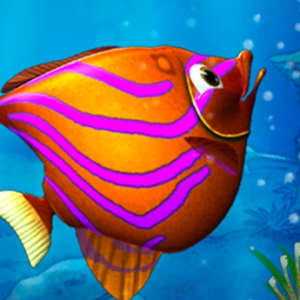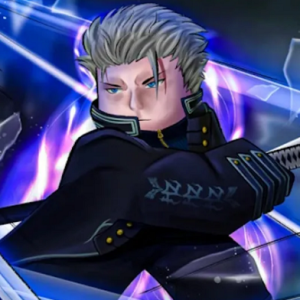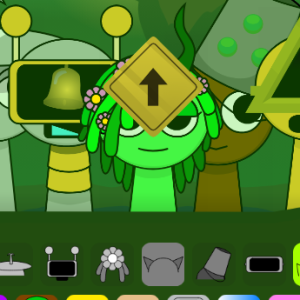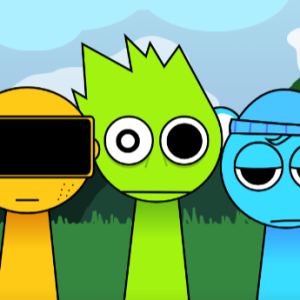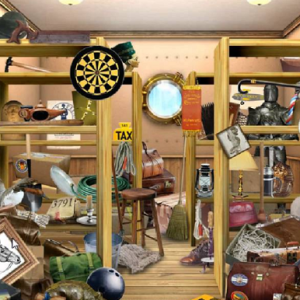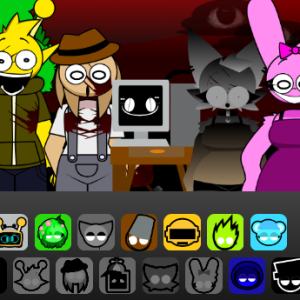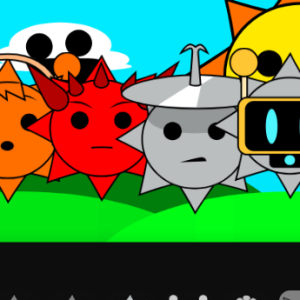Similiar games
Guitar Hero introduced a way for players to interact with music using a game controller shaped like a guitar. Instead of traditional buttons, the controller has color-coded frets and a strum bar, mimicking the feel of playing real chords and rhythms. Players follow on-screen prompts that scroll in time with popular songs, requiring coordination and timing. The game is not a music simulator but rather a rhythm challenge built around the illusion of live performance.
Modes, Challenges, and Performance
The game offers multiple difficulty levels, allowing players of different skill levels to enjoy the same setlist. As difficulty increases, songs include more notes, faster tempos, and complex patterns. A performance meter tracks the player’s timing and accuracy, rewarding consistent play and penalizing missed notes. There is also a career mode where players perform at virtual venues, unlocking new songs and customization options as they progress.
Core gameplay elements include:
- Colored notes that match fret buttons on the guitar controller
- Star power, which multiplies the player’s score when activated
- A performance meter that determines success or failure in real time
- Local and competitive multiplayer battles
- A song list that spans various genres and decades
Music as Gameplay
Guitar Hero turns passive listening into active engagement. Each song becomes a sequence of challenges, where muscle memory and anticipation become just as important as rhythm. The game also teaches players to recognize timing, patterns, and even musical structure. While not a substitute for real instrument skills, it encourages an appreciation of different musical styles and techniques.
Expanding the Format
Over time, Guitar Hero evolved to include more instruments, such as drums and vocals, turning it into a full band experience. Spin-offs and sequels introduced new song libraries, visual designs, and competitive features. Despite its arcade-like nature, the game helped reshape how rhythm games were designed and became a recognizable name in both gaming and pop culture.
A Lasting Influence
Even after its peak popularity, Guitar Hero remains an example of how games can make music interactive. It offered a unique experience that blended visual cues, hand-eye coordination, and song recognition into one format. Whether played alone or with friends, it created a sense of connection with music that was accessible and entertaining, leaving a legacy that still influences rhythm games today.


